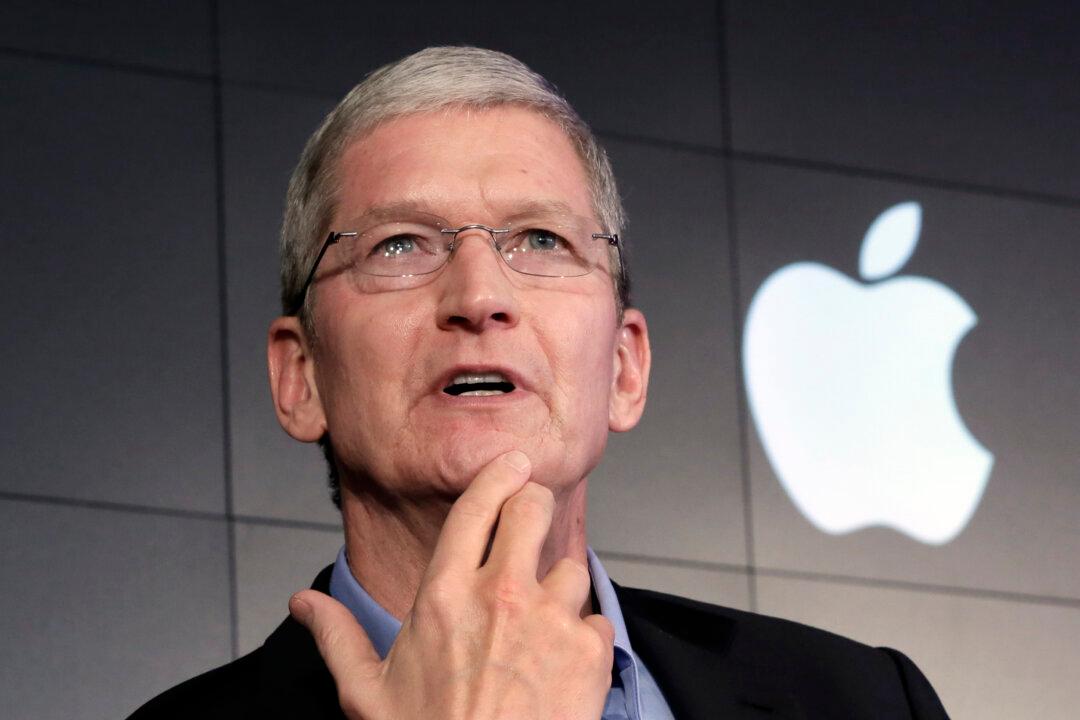For the first time in more than a decade the Cupertino-based company Apple had an underperforming second quarter.
Since the iPhone’s launch in 2007, the company hasn’t looked back. This product alone generated unprecedented milestones.
Quarter after quarter for the past 13 years Apple consistently delivered positive quarterly results. This year’s second quarter put this 13-year streak along, with 51 consecutive quarters of revenue growth, to an end.
According to Statista.com, Apple posted a revenue of $50.6 billion for the three months ending in March, representing a 13 percent drop compared to the same quarter the year before.





